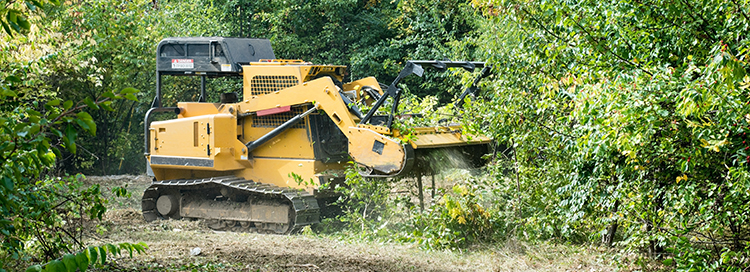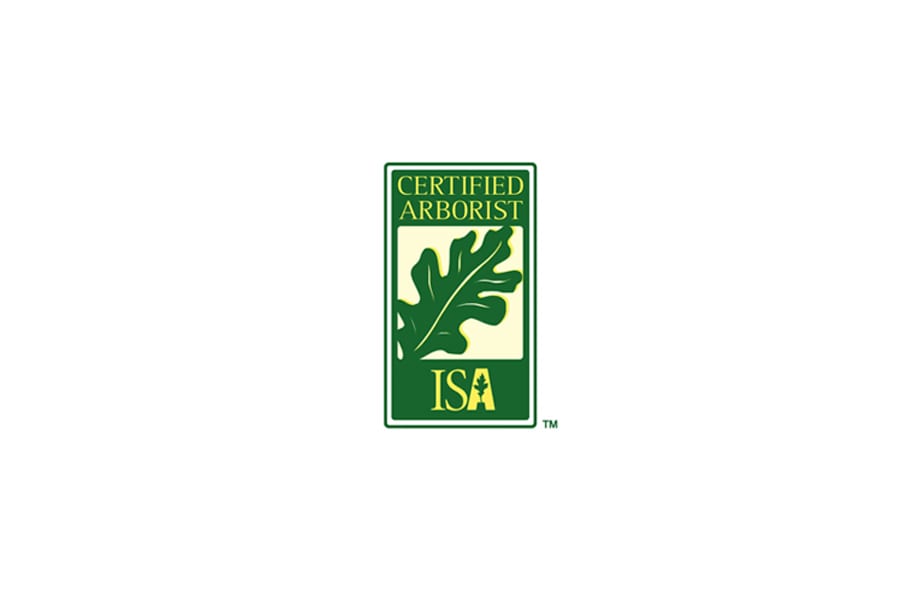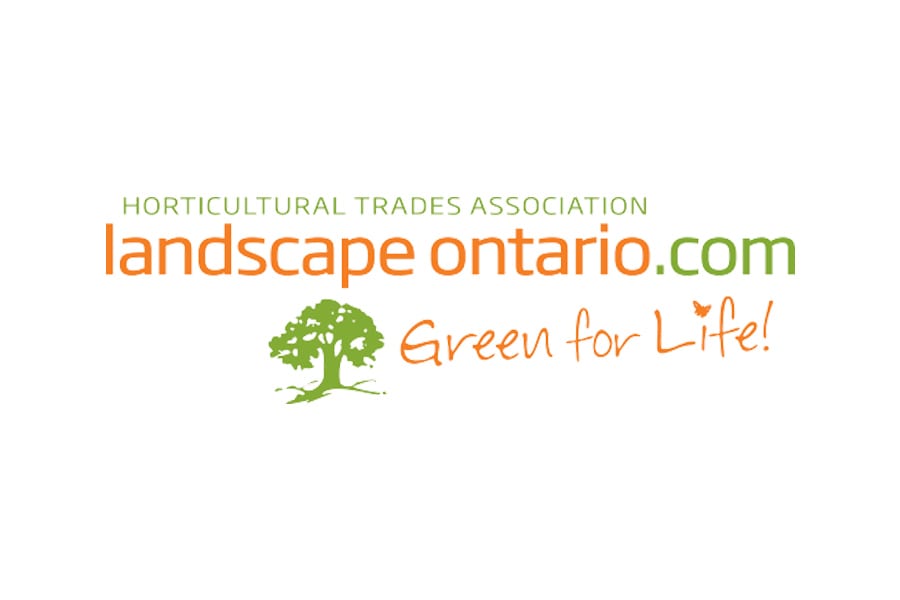
- May 5, 2024
- Dreamworks Tree Services
- Guide
- 0 Comments
Your Guide to Land Clearing
Land clearing is essential for preparing sites for construction, agriculture, or landscaping. It involves removing trees, brush, and other obstacles to make the land ready for new development. This guide covers the basics of land clearing, methods, legal considerations, the benefits of hiring professionals, and answers to common questions.
Understanding Land Clearing
Land clearing involves the removal of trees, bushes, rocks, and other obstacles from a piece of land. This process prepares the land for new purposes such as construction, agriculture, or landscaping. By removing unwanted vegetation and debris, land clearing creates a blank canvas for development and ensures the land is safe and usable for its intended purpose.
Why is Land Clearing Important?
Land clearing is crucial for several reasons:
Construction
Before building structures like houses, roads, or commercial buildings, the land must be cleared to provide a stable foundation. This helps prevent issues such as uneven settling or structural damage in the future.
Agriculture
Farmers clear land to plant crops, raise livestock, or create irrigation systems. Removing trees and brush improves access to sunlight and nutrients, which are essential for healthy crop growth.
Landscape Enhancement
For landscaping projects, land clearing helps create a clean, open space where new plants, gardens, or water features can be added. This enhances the aesthetic appeal and functionality of the property.
Methods of Land Clearing
Manual Clearing
Manual clearing involves using hand tools like axes, machetes, and chainsaws to remove vegetation. This method is labour-intensive and best suited for small areas or places where machinery cannot access. It’s ideal for delicate ecosystems or precise work near existing structures. Manual clearing allows for selective removal of specific plants and minimizes soil disturbance, making it suitable for environmentally sensitive areas.
Mechanical Clearing
Mechanical clearing uses heavy machinery such as bulldozers, excavators, and mulchers to clear large areas quickly and efficiently. This method is ideal for extensive projects where speed and power are essential. Bulldozers and excavators can push over large trees and remove thick underbrush, while mulchers can grind down vegetation into mulch, which can be left on-site to decompose and enrich the soil. Mechanical clearing is effective for preparing land for large-scale construction or agriculture but requires careful planning to avoid excessive environmental damage.
Chemical Clearing
Chemical clearing utilizes herbicides to kill unwanted vegetation. This method is effective for controlling invasive species and preventing regrowth but must be used cautiously to avoid environmental damage. Herbicides can be applied selectively to target specific plants without affecting the surrounding vegetation. This method is often used in combination with other clearing techniques to ensure thorough removal of unwanted plants. Proper application and timing are crucial to minimizing the impact on the environment and preventing contamination of water sources.
Each method of land clearing has its advantages and is suited for different scenarios. The choice of method depends on factors such as the size of the area, the type of vegetation, environmental considerations, and the intended use of the land. Understanding these methods helps in selecting the most appropriate technique for effective and sustainable land clearing.
The Process and Techniques of Land Clearing
Land clearing involves several key steps and techniques to ensure the land is thoroughly prepared for its intended use. Here’s a detailed look at each step:
Surveying the Land
The first step in land clearing is to survey the area. This involves assessing the site to understand the scope of work required. Surveyors identify the types of vegetation present, any obstacles such as large rocks or structures, and note the topography of the land. This initial assessment helps determine the best approach for clearing the land and what equipment will be needed. Accurate surveying ensures that the land clearing project begins on the right foot, with a clear understanding of the site’s conditions.
Planning and Permitting
Before any physical work begins, it’s crucial to develop a comprehensive clearing plan. This plan outlines the methods to be used, the sequence of tasks, and safety measures. In many jurisdictions, land clearing requires obtaining permits to ensure compliance with local environmental and zoning regulations. The permitting process may involve submitting detailed plans and environmental impact assessments to local authorities. Securing the necessary permits is essential to avoid legal issues and project delays.
Vegetation Removal
Once the planning and permitting are complete, the actual clearing begins with vegetation removal. This step varies based on the chosen method:
- Manual Clearing: Workers use hand tools to cut down trees, shrubs, and underbrush.
- Mechanical Clearing: Bulldozers, backhoes, and chainsaws are used to remove large trees and thick vegetation quickly.
- Chemical Clearing: Herbicides are applied to kill specific plants, often followed by manual or mechanical removal of dead vegetation.
Each method requires careful execution to minimize environmental impact and ensure safety.
Debris Disposal
After the vegetation is cleared, the resulting debris must be managed. There are several methods for disposing of debris:
- Chipping: Vegetation is fed into a chipper, which turns it into mulch that can be used on-site or transported elsewhere.
- Burning: In some areas, controlled burning is permitted. This method is efficient but requires strict adherence to safety regulations to prevent wildfires.
- Hauling Away: Debris is collected and transported to designated disposal sites. This method ensures that all waste is removed from the site but can be costly and time-consuming.
Proper debris disposal is critical for preventing environmental contamination and preparing the land for its next use.
Land Grading
Once the vegetation and debris are cleared, the land is graded. Grading involves levelling the land to create a stable, even surface suitable for construction, agriculture, or landscaping. This step often requires additional machinery, such as graders and compactors. Grading ensures that the land has proper drainage, which is vital for preventing water accumulation that could lead to soil erosion or damage to future structures.
Post-Clearing Inspection
After the land clearing process is complete, a thorough inspection is conducted to ensure that all objectives have been met and that the land is ready for its intended use. This inspection checks for proper debris disposal, adequate grading, and the implementation of erosion control measures. Any remaining issues are addressed before the project is deemed complete.
Legal Considerations and Permit Requirements
Understanding and adhering to local regulations is crucial for land-clearing projects:
- Permit Requirements: Many areas require permits for land clearing, especially large projects, to ensure compliance with environmental laws and zoning regulations.
- Environmental Impact Assessments (EIA): Some projects require an EIA to evaluate the potential effects of clearing on local ecosystems. This helps identify and mitigate adverse environmental impacts.
- Compliance with Safety Standards: Follow proper procedures and use appropriate safety gear to protect workers and the public, minimizing the risk of accidents.
Navigating these legal requirements can be complex but is essential for project success.
The Importance of Professional Land Clearing Services

Hiring professional land clearing services offers several benefits:
- Expertise: Professionals have the knowledge and experience to handle various vegetation types and terrains efficiently and effectively.
- Efficiency: Equipped with specialized machinery, professionals can complete the clearing process faster than manual methods, reducing project time.
- Safety: Trained professionals adhere to safety standards, minimizing risks to workers and the environment. They handle hazardous situations and ensure compliance with legal and insurance requirements.
- Environmental Considerations: Professionals minimize environmental impact by using techniques that prevent soil erosion, protect water quality, and preserve wildlife habitats.
- Regulatory Compliance: Professionals ensure full compliance with local laws and regulations, handling permits, environmental impact assessments, and zoning requirements.
When choosing a land clearing service, consider their experience, equipment, credentials, customer reviews, and insurance coverage.
FAQs About Land Clearing
What factors affect the cost of land clearing?
The cost depends on the size of the land, vegetation density and type, clearing method, and local regulations. Get multiple quotes to understand the cost range.
How do I choose the right land clearing service?
Evaluate providers based on their credentials, experience, and customer feedback. Ensure they have necessary permits and insurance, and compare quotes for value.
What are the potential risks of land clearing?
Risks include soil erosion, disruption of wildlife habitats, and environmental damage if chemicals are used improperly. Professional services can mitigate these risks through responsible practices.
Ensuring Success in Land Clearing
Land clearing is a critical preparatory step for development and agriculture, ensuring the land is ready for use. Adhering to legal requirements and choosing experienced professionals can make the process smoother and more efficient, setting the stage for successful projects.
If you need reliable land-clearing services, DreamWorks Tree Services can help. For inquiries or to schedule a consultation, contact us.












